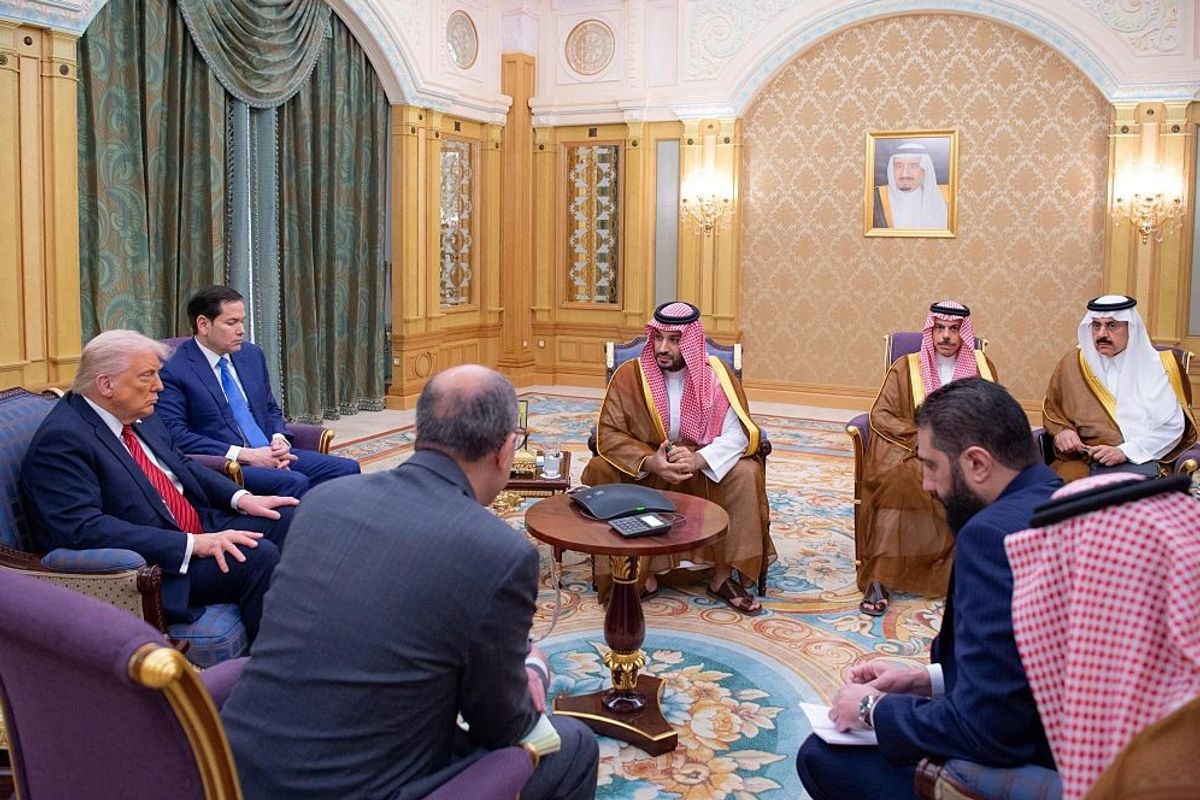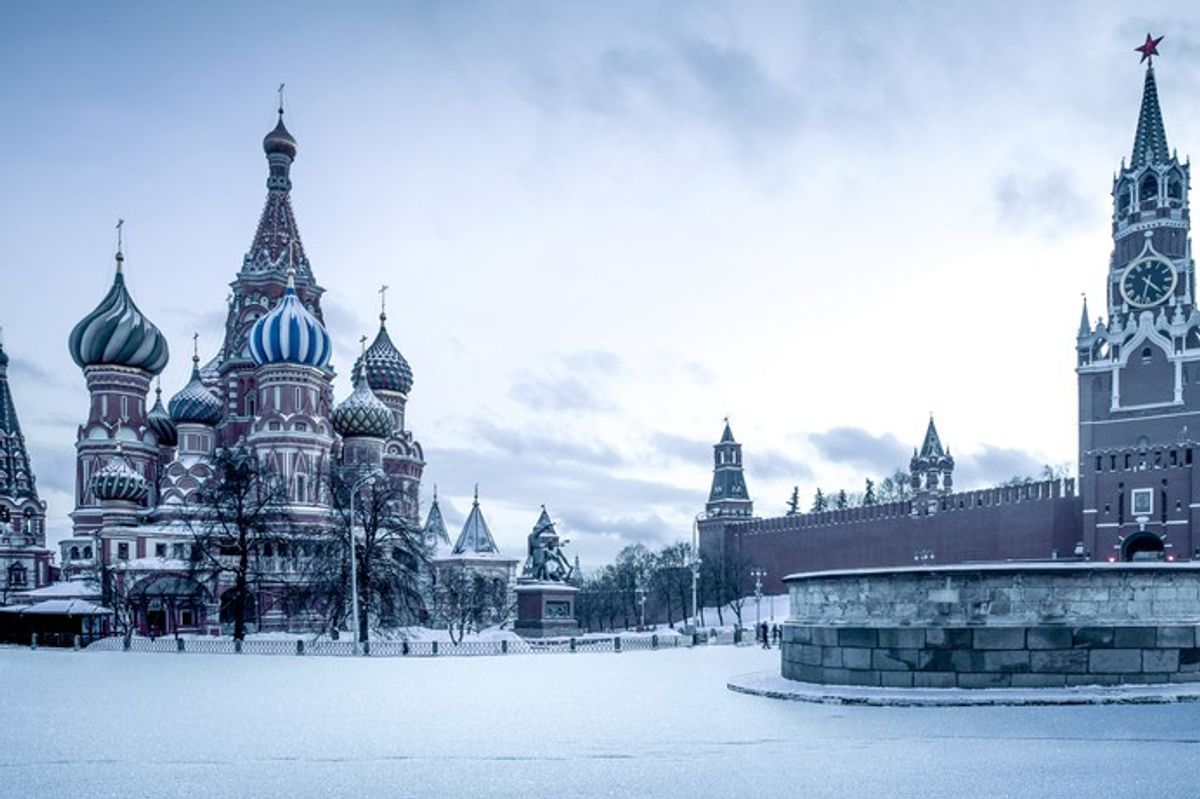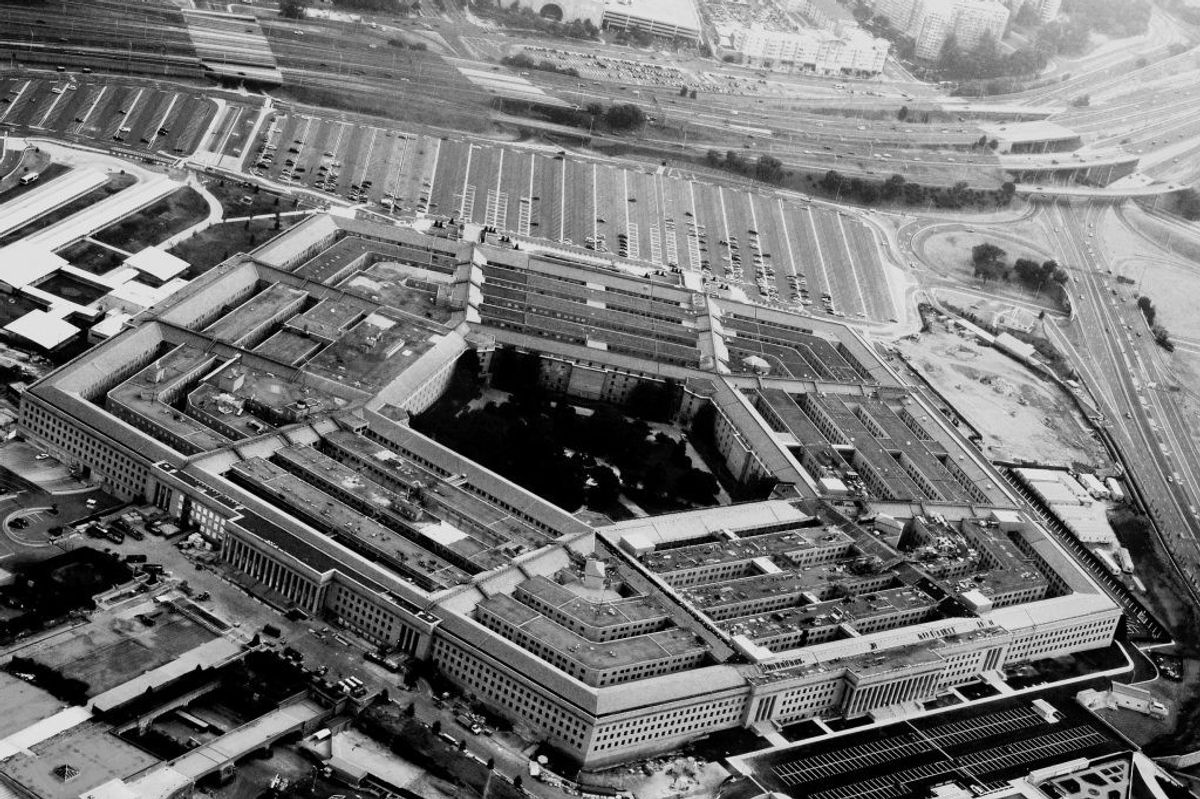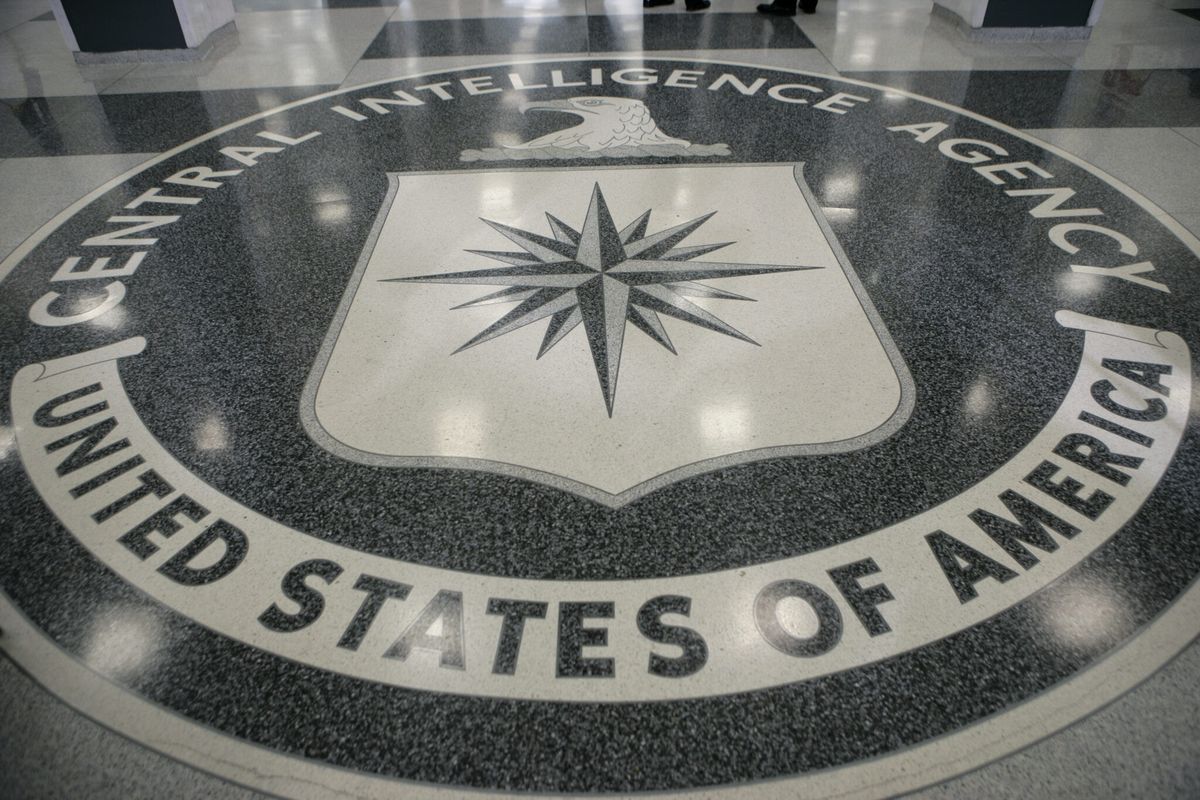When President Dwight Eisenhower left office, he told his successor, John F. Kennedy, that Laos was one of the United States’ most important foreign policy issues. As America tried to contain the spread of communism, Laos became the battlefield for the Operation Momentum, the CIA’s largest covert operation. The Cipher Brief spoke to Josh Kurlantzick about his new book that chronicles this fascinating episode in the CIA’s history and the lessons for today’s policymakers.
The Cipher Brief: Your book tells the story of Operation Momentum, the CIA’s plan to train Hmong in Laos to fight against the communists in Laos and Vietnam. Can you say a little bit about why this is an important story to understanding the CIA today?
Josh Kurlantzick: Well, the CIA’s war in Laos, which lasted in its main form, from 1961 to 1973, was the largest CIA covert operation in American history, and yet it remains largely unknown by most of the U.S. public, and very much ignored in the history of the Vietnam War. So, for that reason alone, it’s fascinating. How could such a large operation have had such limited historical presence? Of course, in the CIA, and among intelligence specialists and intelligence historians, people know about the Laos war, but even then it’s been the subject of fewer works than other operations that involved far fewer people.
I also think it’s interesting to look at how U.S. foreign policy interests can ebb and flow so quickly. Laos is a really tiny and remote country – far less people than Los Angeles— and yet in the early 1960s it was considered a central foreign policy priority for the United States. There was great fear that Laos was going to turn communist. There was legitimacy to this fear, but it was, in some ways overstated. Still, Laos consumed many of the last days of the Eisenhower administration and the first days of the Kennedy administration; Eisenhower briefed Kennedy repeatedly on Laos during the transition, and highlighted to Kennedy how important Laos was to America’s security and foreign policy. To tell that to someone today, that seems kind of stunning – that Laos was a top policy priority. It seems almost surreal, which is why reinvestigating the Laos war tells us a lot about how policy priorities are made and change.
And since the early 1970s, Laos has basically been forgotten again in U.S. foreign policy; it went from a place important enough to launch the largest U.S. covert operation in American history to a place utterly forgotten. And that kind of abrupt shift in policy is, I think, telling, and can be a repeated, habitual problem in U.S. foreign policy that we should seek to avoid.
But for the CIA, Laos was not forgotten, and much of the book examines how the war transformed the CIA. Even though Laos was pretty much lost to U.S. foreign policy, it served as a template for CIA paramilitary operations, and you can see a parallel between the paramilitary operations that were developed and expanded during the Laos war and those of the CIA today. Laos was the first time the CIA really took on a large-scale paramilitary operation – arming and training significant numbers of foreign forces, working to oversee bombing, actually doing a fair amount of battle planning, and even some battlefield commanding. The CIA had done some training and advising programs before, but this was an entirely different scale – a massive scale.
The war led to massive budget increases for the agency, and really elevated the CIA in the U.S. foreign policy bureaucracy, putting it nearer to the Department of Defense and the Department of State in terms of its influence over policy. Probably just as important within the agency, Laos elevated paramilitary operations within the CIA, put it on a par with traditional spying and political work. Paramilitary operations were drawing more and better operatives, and that was a big change.
And, like the Laos war, using the CIA this way today is seen as politically expedient for US leaders. U.S. leaders liked using the CIA in Laos because they could avoid having to declare war. At the time the CIA began the training program for Laotian forces (1961), Americans were soured on conventional war from the Korean War, yet there was significant fear of communism, especially in Asia. So Kennedy could get around the public aversion to a new conventional war by utilizing covert operations, which he loved anyway. Today, using the CIA in a twilight war doesn’t bother the U.S. public as much as a conventional war like the 2003 Iraq war, which soured the public on a conventional war.
Whether this type of conflict should bother the public – the lack of oversight, the possibility of abuse, the CIA’s own challenges in getting military planning right, especially when it handles large operations – those are different, and reasonable questions. But I think there’s no doubt that political leaders see that using a twilight war can be expedient politically, and that’s why Kennedy, Johnson, Nixon, and now Bush and Obama often have gone in this direction. It also raises a serious question whether you can rely on the CIA and JSOC for so long and not basically destroy the people in these operations by overusing them in repeated, regular operations such as this.
TCB: In the book, you tell the story primarily through the eyes of four key people with very different backgrounds: a CIA operative, a Hmong general, a paramilitary specialist, and a career State Department official. Which person’s story did you find the most interesting to tell?
JK: Probably Bill Lair, the operative who devised and implemented the war at first, although all their stories are compelling in different ways. Lair became kind of a tragic figure. He launched the operation with a real belief that it should be a fight to help Laotians preserve Laotians’ land and sovereignty and fragile democracy. He saw the United States’ role as one of supporting this Laotian operation, and of working with Laotians to achieve their goals. And then he saw it turn into an operation that had different goals – the goals became to tie down as many North Vietnamese as possible in Laos, so that they couldn’t fight in Vietnam against American and South Vietnamese forces. Lair and other CIA operatives thought this was a mistake. The shift in what the Laos war was used for ultimately doomed America’s allies in Laos.
TCB: Operation Momentum grew from just a few operatives to the CIA’s largest operations up until that time—more than 100,000 people at its height— involving the cooperation of many agencies in the field and in Washington. Can you explain how the relationship among the different agencies grew over time? What were some of the sources of friction?
JK: The relationship was not great between the CIA and armed forces, although the CIA worked pretty well with U.S. ambassadors in Laos. But as the war got bigger and bigger, the friction between the CIA and the Pentagon grew. In this case, the CIA mostly kept the Pentagon out of the Laos war, but I think the agency wasn’t really prepared to handle the war itself, and so war planning suffered for it.
TCB: What would you say are some of the key lessons to be learned from Operation Momentum for policymakers today?
JK: I think the operation offers several lessons. One is that the CIA can be tasked to do paramilitary operations, and it can do them quite effectively, but the size has to be small and the mission has to be discrete. At a certain point, if the operation grows to great size, as happened in Laos, it becomes really difficult for the CIA to manage it, especially if it’s going to keep out the advice and counsel of the Pentagon; the CIA station and the U.S. ambassador in Laos didn’t want the counsel of the military advisors. The CIA paramilitaries’ strength is smaller operations and training, not a war like Laos that turned into a major, conventional engagement.
Problems emerged because of a lack of oversight. The use of bombing in the war to little clear end, led to unnecessary civilian casualties in Laos, and actually turned some of the civilian population against the U.S. and Laotian forces. Some operatives in the field engaged in abusive behaviors, the budget grew rapidly, and it became unclear, by the late 1960s, whether the strategic interests of the U.S. and its allies in Laos were even the same any more. In fact, I argue in the book that by the late 1960s, when the Laos operation was at its peak, the interests of the U.S. and its allies in the war had diverged dramatically.
What’s more – and this is really important for the agency too — the lack of oversight also endangered the lives of CIA men and contractors in Laos, who were at times not given adequate training and firepower, since if they died their deaths went mostly unnoted in the press and Congress. And they suffered for this lack of support, when pitted against North Vietnamese troops. On several occasions underequipped operatives and contractors were slaughtered by the North Vietnamese.
But none of this was really questioned – at least at the highest levels – on the U.S. side, until the 1970s. A similar lack of oversight has plagued aspects of the twilight war on terror for 15 years now, and I don’t think that is in anyone’s best interest. While of course some operations have to be secret, that doesn’t mean no oversight. And a total lack of oversight is problematic. It can lead to abuses like the CIA black sites in the 2000s. In Laos, a lack of oversight led to mission drift, abuses by some operatives, and just a general disconnect from the mission of the operation: helping Laotians fight for themselves. The operation turned into a war where U.S. operatives basically took over, and the interests of Laotians were largely discarded. And so many of the CIA folks who started the operation wound up quitting it in disgust by the end of the 1960s, disillusioned with what it had become.












